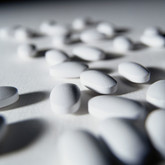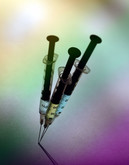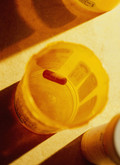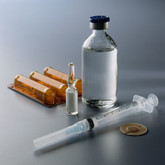Biosimilars/General
Also noted on biosimilars: 16 March 2012
Boehringer Ingelheim expands biologicals manufacturing capacity
Boehringer Ingelheim announced on 29 February 2012 the expansion of its biopharmaceutical development and manufacturing capabilities at its cell culture and microbial sites in Biberach, Germany and Vienna, Austria. The company has invested around Euros 17 million in order to improve good manufacturing practice and to expand cell banking, process science, cell line development and quality laboratories.
Source: Boehringer Ingelheim
WHO definitions of biosimilars
Confusion often surrounds terms used in the global field of generics and biosimilars [1].
Biosimilars interchangeability, increased costs and burden for FDA
Biosimilars manufacturers in the US are faced with many hurdles, including untested regulatory pathways, patent challenges and manufacturing issues associated with making such complicated molecules. On top of this drugmakers also need to take into account the higher marketing costs that may be associated with biosimilars.
Quality by design in biomanufacturing
In January 2011, FDA published its long-awaited guidance for industry on Process Validation: General Principles and Practices [1].This replaces the previous 1987 version (updated 2004) and it is understandably a big change for some whose whole career has been dominated by the previous approach. The question is: why was a change needed and how drastic is it?
Top developments in biosimilars during 2011
Over the past year, a lot has happened in the biosimilars industry.
FDA biosimilar user fees meeting
FDA announced a public meeting to be held on 16 December 2011 to discuss its recommendations for the agency’s biosimilars user fee programme for 2013–17.
Health Canada definitions of generics and biosimilars
Attention has been brought to the fact that there is confusion surrounding terms used in the global field of generics and biosimilars. Some of this confusion has been attributed to authorities in various regions of the world defining terms differently and other instances are due to a misunderstanding of the actual nature, characteristics, and method of research and manufacture of these biological products.
Speed to market critical in biosimilar development
For companies looking to develop biosimilars speed to market is critical, but this must not be done by sacrificing product quality, according to a report from Contract Research Organisation (CRO) Quintiles. The most successful biosimilar companies will be those who collapse their clinical, commercial, and regulatory thinking into a streamlined cohesive function in order to expedite commercialisation and optimise market access.
FDA definitions of generics and biosimilars
Confusion surrounding terms used in the global field of generics and biosimilars is a recognised problem.
The source of some of this confusion is due to authorities in various regions of the world defining terms differently and other instances are due to a misunderstanding of the actual nature, characteristics, and method of research and manufacture of these biological products.
Biobetter of trastuzumab on the horizon
TrasGEX, which is currently under development by German biopharma company Glycotope, is shaping up to be an improved version (or biobetter) of Roche’s blockbuster cancer drug Herceptin (trastuzumab). Trastuzumab targets the HER2 receptor, commonly overexpressed in a variety of cancers, such as HER2-positive breast and stomach cancer.












